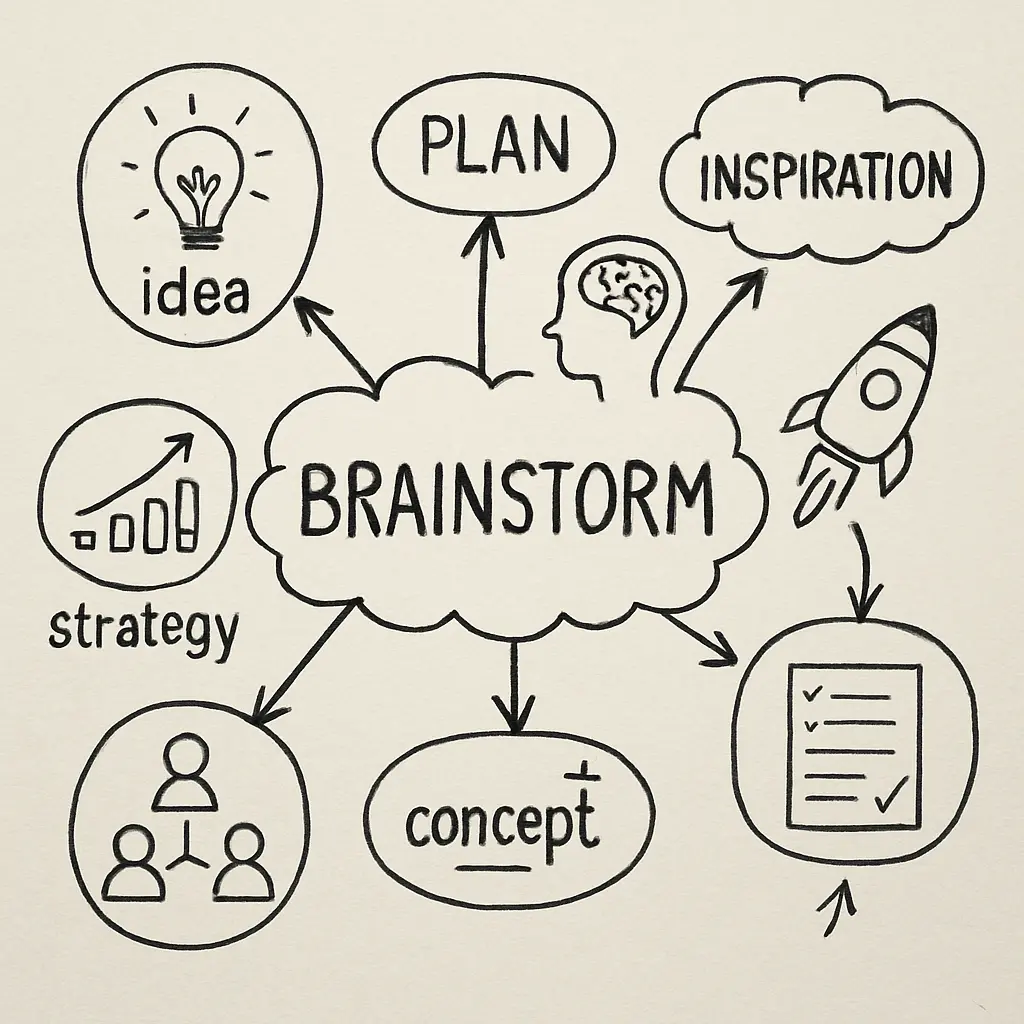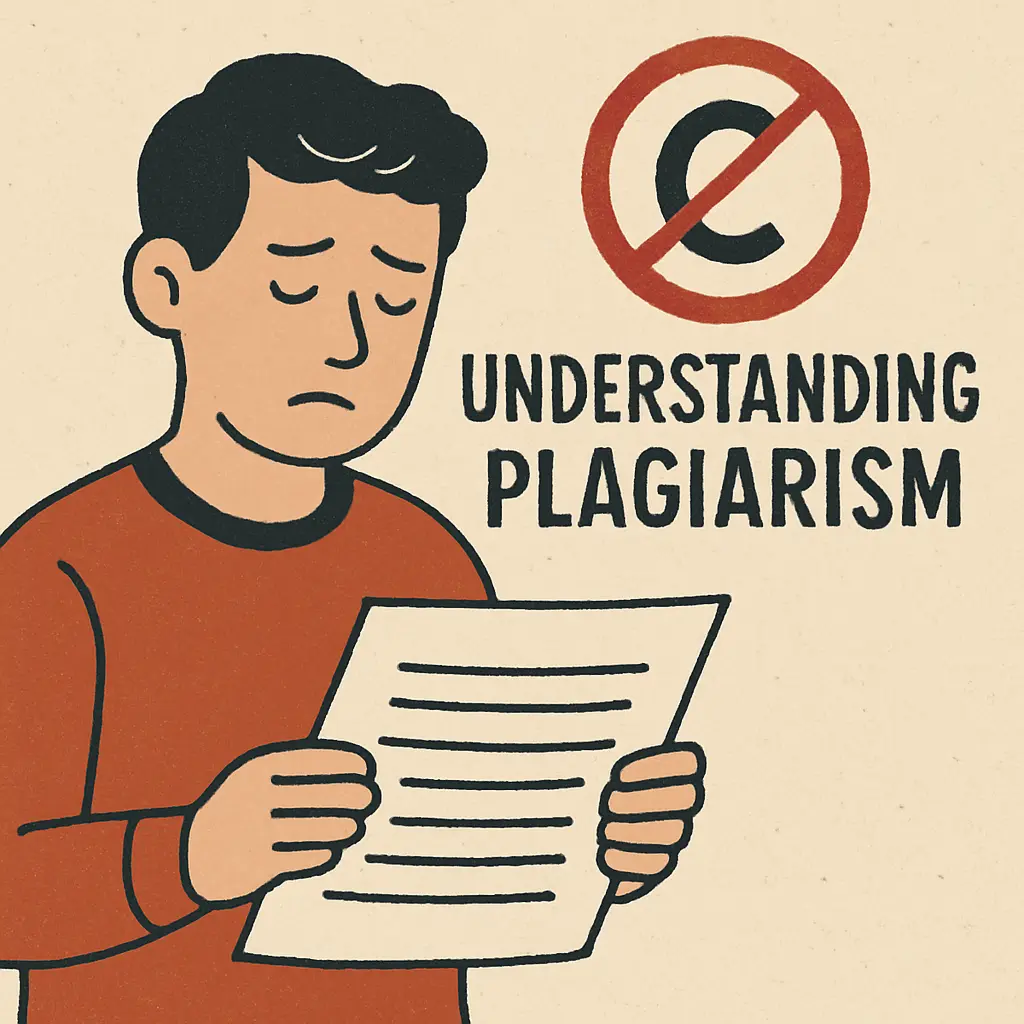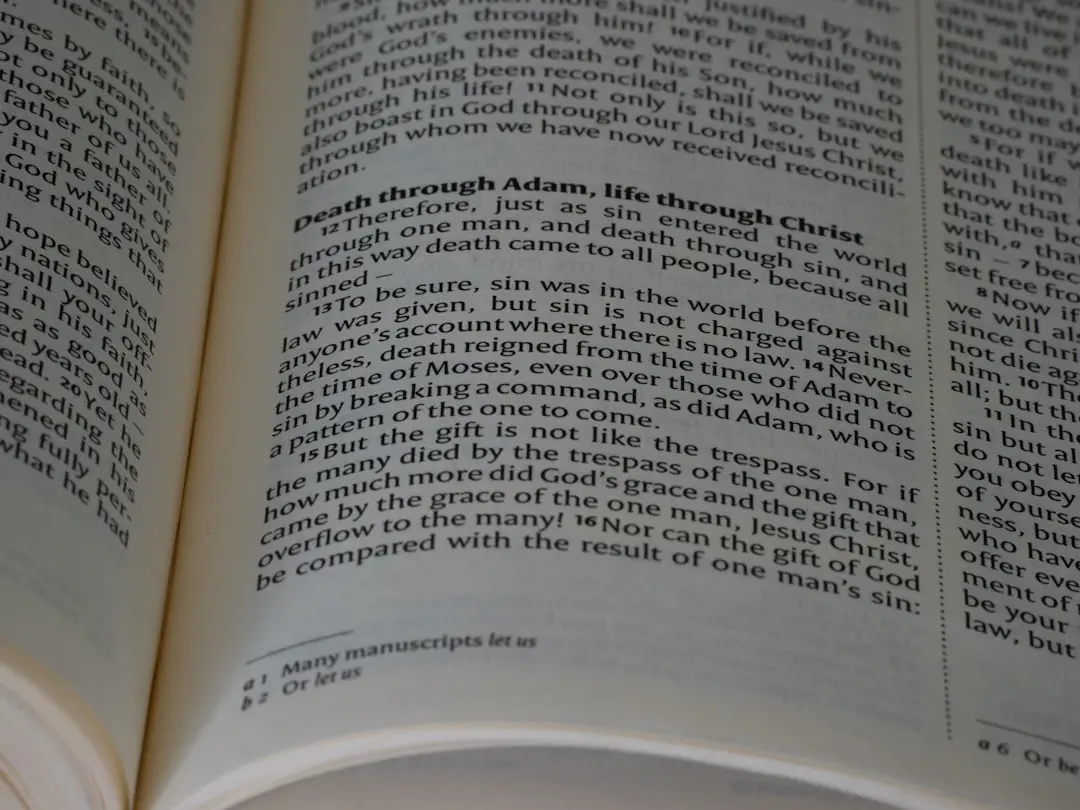Embarking on an MBA project is a significant academic milestone. It demands dedication, research, and a commitment to originality. One of the crucial aspects of academic integrity is ensuring that your project is free from plagiarism. This article will guide you through the steps necessary to ensure your MBA project is 100% plagiarism-free, helping you maintain your credibility and uphold the values of your educational institution.
Understanding the importance of producing a plagiarism-free project goes beyond merely following academic rules. It reflects your ability to conduct independent research and contribute novel insights to your field. This process not only sharpens your critical thinking skills but also prepares you for the professional world, where originality is highly valued. By committing to these principles, you ensure that your work stands as a testament to your intellectual capabilities and ethical standards. If you’re working on an IGNOU MBA Project, you can explore our complete guide to IGNOU MBA Projects for topic ideas, format details, and expert writing assistance.
Plagiarism is the act of using someone else’s work or ideas without proper acknowledgment. It can occur intentionally or unintentionally and is considered a serious academic offense. Understanding the various forms of plagiarism is the first step in preventing it. Knowing what constitutes plagiarism enables you to take proactive steps in ensuring your work remains authentic.
In the academic community, plagiarism can severely tarnish your reputation and can lead to serious consequences, including disciplinary action. Recognizing the different types of plagiarism allows you to avoid these pitfalls and helps in developing a habit of integrity and originality. With a solid understanding, you can confidently navigate your research and writing process, knowing that your work meets the highest standards of academic honesty.
Types of Plagiarism
- Direct Plagiarism: Copying someone else’s work word-for-word without quotation marks or citation. This is the most blatant form of plagiarism and is easily detectable by plagiarism detection software. It reflects a lack of effort and respect for the original author’s work.
- Self-Plagiarism: Reusing your own previous work without permission or acknowledgment. While it may seem harmless, self-plagiarism undermines the integrity of the educational process by presenting old work as new. It deprives you of the opportunity to explore new ideas and expand your knowledge.
- Mosaic Plagiarism: Integrating phrases from a source into your own work without proper citation. This can sometimes be unintentional but still constitutes plagiarism. It often occurs when a writer attempts to paraphrase but does not sufficiently alter the original text.
- Accidental Plagiarism: Failing to cite sources correctly due to negligence or lack of knowledge. This type can be avoided by gaining a thorough understanding of citation rules and practices. Educating yourself on these standards is essential for maintaining the integrity of your work.
Choosing Original Project Ideas
Selecting an original topic for your MBA project is crucial. It not only demonstrates your creativity and critical thinking but also minimizes the risk of unintentional plagiarism. Here’s how you can brainstorm original project ideas:
Choosing a unique topic challenges you to engage deeply with your field and encourages innovative thinking. It sets the stage for a project that not only stands out but also contributes valuable insights. By focusing on originality, you ensure that your work is both engaging and impactful, paving the way for future research and development.
Research Extensively
Conduct thorough research to understand the existing literature and identify gaps. This will help you find unique angles and contribute new insights to your field of study. Extensive research allows you to build a solid foundation for your project, ensuring that your work is well-informed and relevant.
Exploring a wide range of sources can inspire new ideas and perspectives, leading to a more comprehensive understanding of your chosen topic. This approach not only enhances the originality of your project but also strengthens your argument by grounding it in a well-rounded context.
Leverage Your Experiences
Use your personal and professional experiences to inspire project ideas. Your unique perspective can lead to original contributions. By drawing on your background, you can infuse your project with authenticity and depth, making it more relatable and insightful.
Personal experiences can serve as a valuable resource for generating ideas that resonate with others. They provide a unique lens through which to view your research, allowing you to address real-world issues and challenges with fresh insights.
Consult with Mentors
Discuss your ideas with professors or industry experts. They can provide valuable feedback and help you refine your topic to ensure originality. Engaging with mentors allows you to benefit from their expertise and experience, guiding you towards a more focused and impactful project.
Mentors can challenge your assumptions and encourage you to explore new directions, enhancing the quality and originality of your work. Their insights can lead to breakthroughs that might not have been possible on your own, making collaboration an invaluable part of the research process.
Proper Research and Citation
Once you have your project idea, conducting thorough research and citing sources correctly is essential. Here are some tips to guide you:
Proper citation is not just about avoiding plagiarism; it is about giving credit to the original authors and contributing to the academic conversation. By citing sources correctly, you demonstrate respect for the intellectual property of others and uphold the standards of academic integrity. This practice also lends credibility to your work by showcasing the research that supports your conclusions.
Keep Detailed Notes
As you research, take detailed notes and clearly distinguish between your thoughts and the ideas from your sources. This will help you avoid accidental plagiarism. Maintaining organized notes ensures that you can easily reference and cite sources accurately in your project.
Detailed note-taking also aids in synthesizing information, allowing you to draw connections between different sources and develop a more nuanced understanding of your topic. This practice lays the groundwork for a well-structured and coherent project.
Use Citation Tools
Utilize citation management tools like Zotero or EndNote to organize your sources and format your citations correctly. These tools can save you time and ensure accuracy. They offer features like automatic citation generation and bibliography creation, streamlining the research and writing process.
By using citation tools, you can focus more on developing your ideas and less on the technicalities of citation formatting. This efficiency enhances the overall quality of your project, allowing you to present your findings in a professional and polished manner.
Understand Citation Styles
Familiarize yourself with the citation style required by your institution, whether it’s APA, MLA, or Chicago. Consistent and correct citation is key to avoiding plagiarism. Each style has its own set of rules and conventions, and understanding these is crucial for maintaining the integrity of your work.
Mastery of citation styles not only helps in avoiding plagiarism but also improves the readability and credibility of your project. It ensures that your work adheres to the academic standards expected by your institution and peers.
Paraphrasing and Quoting
Knowing when to paraphrase and when to quote is crucial in maintaining the originality of your work.
Effective paraphrasing and quoting enhance the clarity and impact of your writing. They allow you to integrate the ideas of others into your work while maintaining your own voice and perspective. Mastering these skills is essential for producing a coherent and persuasive project.
Paraphrasing
Paraphrasing involves rewording someone else’s ideas in your own words. Ensure that the original meaning is preserved, and always provide a citation. This technique demonstrates your understanding of the source material and your ability to communicate it effectively.
By paraphrasing, you can tailor the information to fit the context of your project, making it more relevant and accessible to your audience. It also allows you to engage more critically with the material, fostering a deeper comprehension of your topic.
Quoting
Use direct quotes sparingly and only when the original wording is essential. Enclose the quoted text in quotation marks and include a citation. Quoting is useful for emphasizing key points or when the original language is particularly powerful or precise.
Incorporating quotes strategically can add authority and weight to your argument. However, over-reliance on quotes can detract from your own voice, so it’s important to use them judiciously and in conjunction with your analysis.
Utilizing Plagiarism Detection Tools
Before submitting your MBA project, use plagiarism detection tools to check for unintentional duplication.
These tools are an invaluable resource for ensuring the originality of your work. They can identify potential issues that you might have missed, allowing you to address them before submission. By using these tools, you can submit your project with confidence, knowing that it meets the highest standards of academic integrity.
Popular Tools
- Turnitin: Widely used in educational institutions for plagiarism detection. It offers comprehensive checks against a vast database of sources, providing detailed reports that highlight potential issues.
- Grammarly: Offers a plagiarism checker alongside grammar and style suggestions. This tool is particularly useful for refining your writing and ensuring clarity and coherence.
- Copyscape: Useful for checking content originality, especially for online publications. It is a popular choice for ensuring that your work is unique and free from duplication.
Seeking Feedback and Revision
Seek feedback from peers, mentors, or writing centers to gain fresh perspectives and identify areas for improvement.
Feedback is an essential component of the writing process, offering insights that can enhance the quality and originality of your work. Engaging with others provides a valuable opportunity to view your project from different angles, fostering improvements and innovation.
Peer Review
Engage in peer review sessions where you can exchange feedback with classmates. This process can help you spot potential plagiarism issues and improve your work. Peer review encourages collaborative learning and exposes you to diverse viewpoints and ideas.
Through constructive criticism, you can refine your arguments and strengthen your project. This iterative process of review and revision is key to producing a polished and professional final product.
Revise and Edit
Allocate time for revising and editing your project. Thoroughly review your work to ensure clarity, coherence, and originality. Editing is not just about correcting errors; it’s about enhancing the overall quality and impact of your writing.
A well-edited project demonstrates attention to detail and a commitment to excellence. It ensures that your ideas are communicated effectively and that your work stands up to scrutiny, both academically and professionally.
Conclusion
Ensuring your MBA project is plagiarism-free is a crucial step in your academic journey. By choosing original project ideas, conducting proper research, citing sources accurately, and using plagiarism detection tools, you can uphold academic integrity and produce a project that reflects your dedication and hard work. Remember, originality is not just about avoiding plagiarism; it’s about contributing something valuable to your field of study. With these guidelines, you can confidently submit a project that is both innovative and plagiarism-free.



